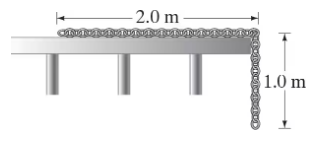A constant force acts on an object as it moves along a straight-line path. If the object’s displacement is , calculate the work done by using these alternate ways of writing the dot product:
(a) ; (b) .

 Verified step by step guidance
Verified step by step guidance Verified video answer for a similar problem:
Verified video answer for a similar problem:



 6:09m
6:09mMaster Work Done by a Constant Force with a bite sized video explanation from Patrick
Start learning